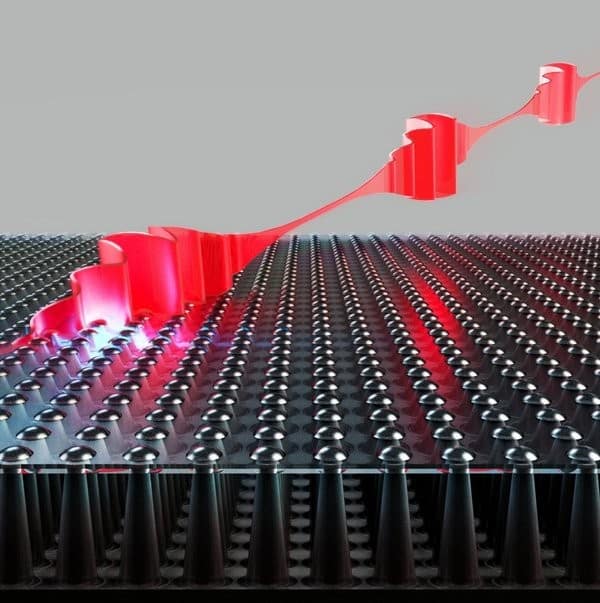
A new quantum sensor developed by researchers from the Eindhoven University of Technology and the University of Waterloo in Canada has the ability to considerably improve quantum communication and promises significant advancements in long-range 3D imaging and monitoring the success of cancer treatments. The sensors are the first of their kind and are based on semiconductor nanowires that can detect single particles of light with high timing resolution, speed and efficiency over an unparalleled wavelength range, from ultraviolet to near-infrared.
“A sensor needs to be very efficient at detecting light. In applications like quantum radar, surveillance, and nighttime operation, very few particles of light – called photons – return to the device,” said principal investigator Michael Reimer of the University of Waterloo. “In these cases, you want to be able to detect every single photon coming in.” The sensor is so fast and efficient that it can absorb and detect a single photon, and refresh for the next one within nanoseconds.
The semiconductor nanowires were developed by TU/e-researchers, led by Erik Bakkers and Jos Haverkort of the Department of Applied Physics. Bakkers: “We developed quite an efficient nanowire solar cells to convert sunlight into electricity. Michael Reimer works on quantum optics and took a few cells to Canada and showed they are also very good single-photon detectors. We honestly did not expect that.”
Remote sensing, high-speed imaging from space, acquiring long-range high-resolution 3D images, quantum communication, and singlet oxygen detection for dose monitoring in cancer treatment are all applications that could benefit from the kind of robust single photon detection that this new quantum sensor provides.
Once the prototype is packaged with the right electronics and portable cooling, the sensor is ready for testing beyond the lab. “A broad range of industries and research fields will benefit from a quantum sensor with these capabilities,” said Reimer.


